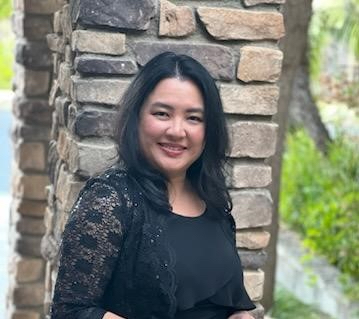The Sartorial Feast of Feudal Japan with “Shōgun” Costume Designer Carlos Rosario: Part One
“I wanted to create from a white canvas without any mental references going into the project,” costume designer Carlos Rosario (The Girl in the Spider’s Web, Jolt) explains why he chose not to read the James Clavell bestselling novel before working on FX Networks’ cinematic historical saga, Shōgun (将軍), and only used the 1980 miniseries adaptation as a broad reference. “As a costume designer, you build a strong psychological, spiritual relationship with these characters. You live and breathe with them for two years. The mental references would have stopped me from tapping into who these characters really are. So, I wanted to start from scratch.”
Forty-four years after Richard Chamberlain’s hit series, co-creators Justin Marks and Rachel Kondo revisit the Clavell classic to bring us a thoughtful and lavish tale of war, honor, love, and betrayal. Chronicling the civil war in 17th-century feudal Japan, the exhaustive commitment to authenticity in this 10-part miniseries is evident not only in the script — which hews closely to the Clavell text — but also in the largely Asian-American writers’ room. Not only that, lead actor and producer Hiroyuki Sanada personally translated portions of the script to ensure the period-appropriate speech and cultural nuances were accurate.
That level of authenticity permeates every facet, including the meticulous care that went into every costume. For Rosario and his Vancouver-based assistant designers — Kenichi Tanaka, Paula Plachy, and Kristen Bond — the Herculean task of making over 2,300 costumes went beyond adding depth to the characters; it is the pivotal element in immersing audiences in 1600 Japan. Since the story begins as the Sengoku period (1477-1573) was waning into the Edo/Tokugawa period (1603-1868), it gave him more creative freedom. “It was great because I could play a little outside the boundaries and still be authentic since a lot of things were changing,” shares the French-born Spanish designer, who took the big leap into American cinema in 1995 after commencing his career at Christian Dior Homme in Paris.
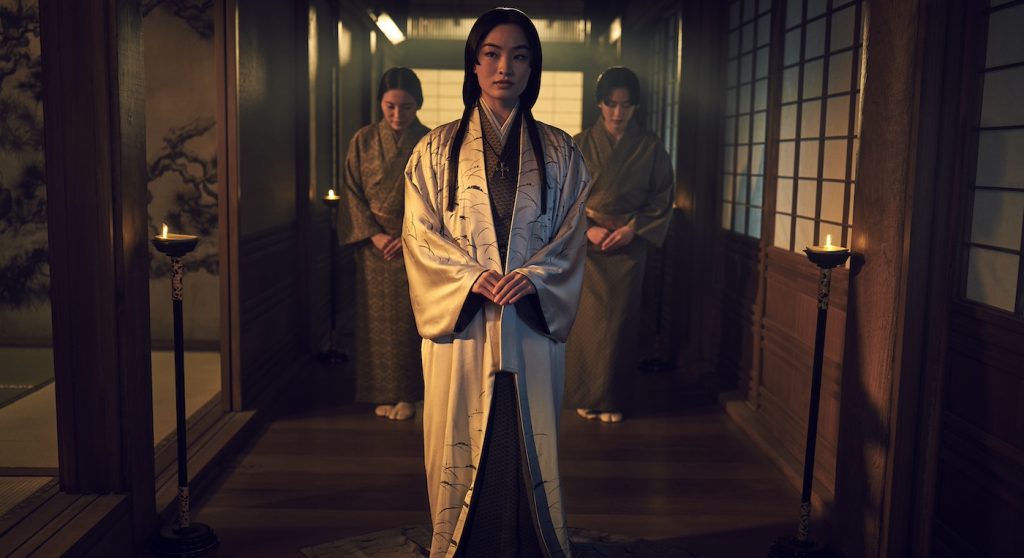
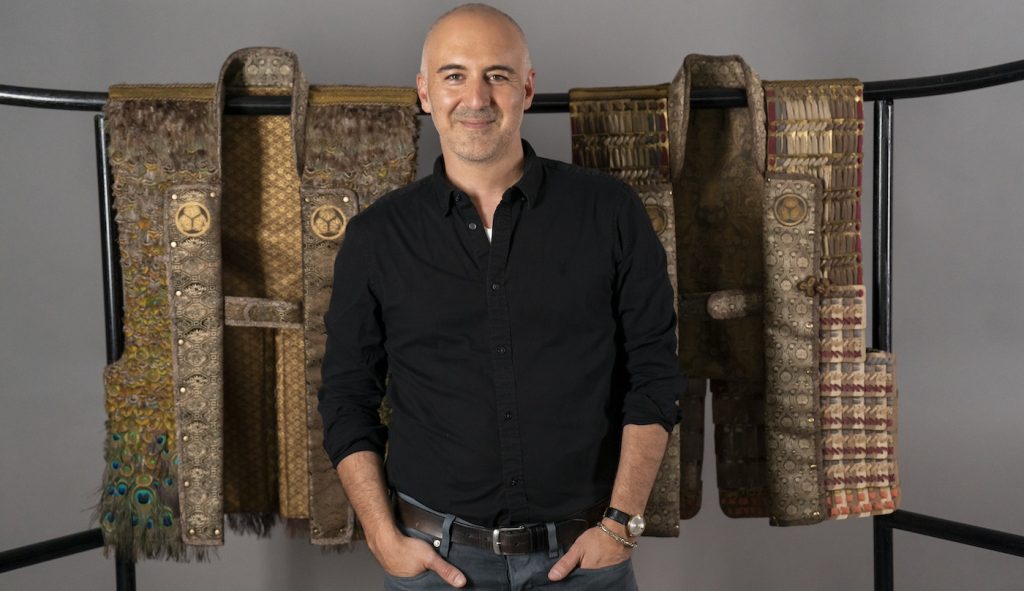
Filmed on location in Vancouver over ten months, the series utilized production incentive credits from the Canadian federal government as well as the Province of British Columbia. Rosario and costume supervisor Carole Griffin managed a crew of 125, including cutters, fitters, dyers, seamstresses, shoppers, and set costumers. “Several set costumers, experts in kimono dressing, came from Japan, but everybody else was based in Vancouver. This was by far the most talented and experienced crew I had worked with. I had incredible textile artists breaking down the costumes and making beautiful hand-painted textiles, and excellent dyers who helped me stay within a strict color palette for each character,” he says of the monumental effort to deliver all the costumes on time for every episode.
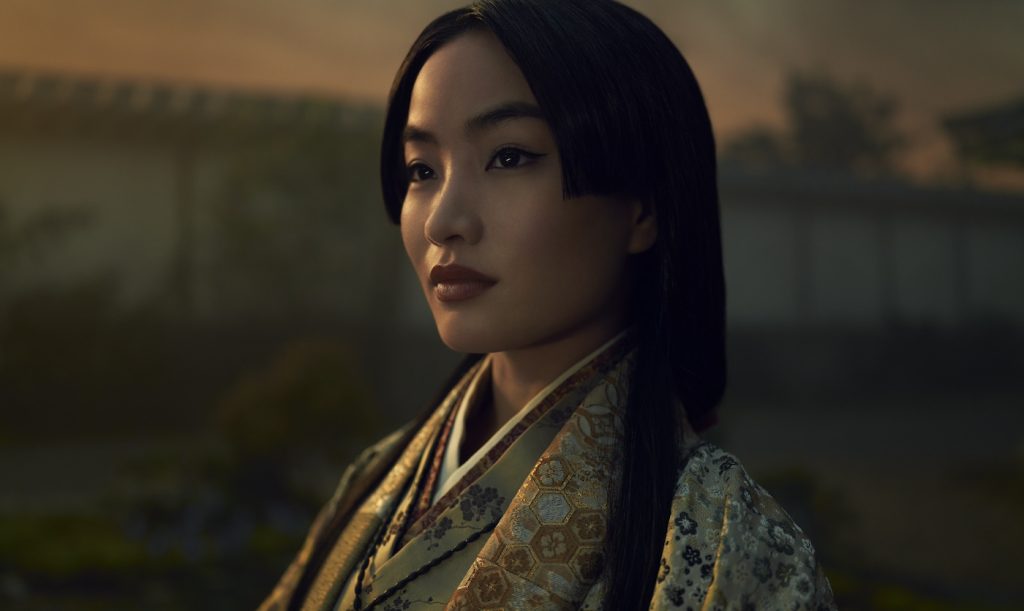
With five months to prepare before filming began, Rosario started researching right away. “We worked with experts and historians to dissect paintings from that period and visited museums anywhere in the world that had relevant pieces, including the Met.” Although he first tried to source fabrics from the United States, he could not “find anything remotely close to what we needed. The fabrics from Japan were one-of-a-kind and extremely expensive, so I had to convince the studio to increase my budget. That’s what made the show — the patterns, the colors, the weight of the fabric all captured the essence of Japanese culture.”
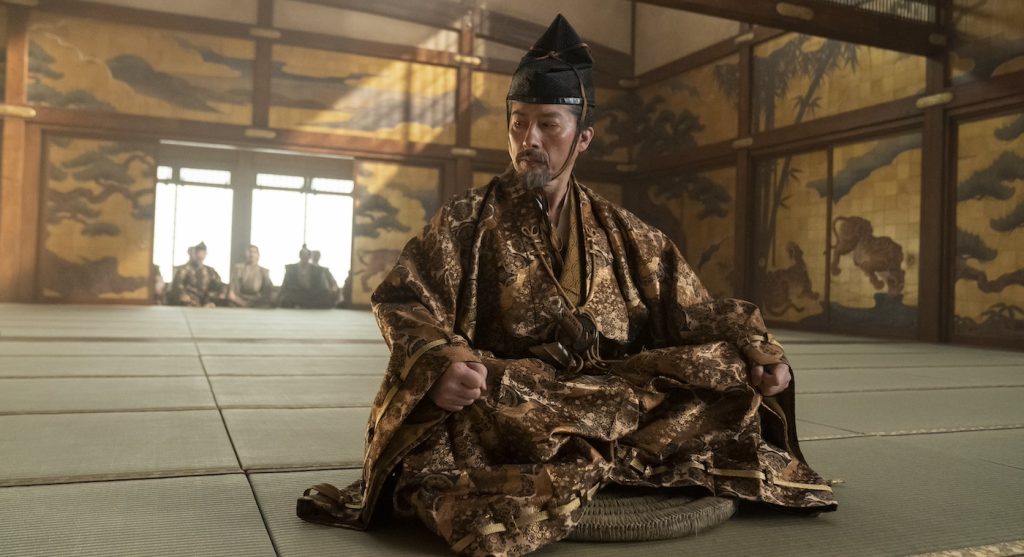
When the warship Erasmus drifts into a sleepy coastal village, British sailor John Blackthorne (Cosmo Jarvis) quickly finds himself engulfed in the power struggle within the Council of Regents: the five warlords collectively ruling Japan until the heir comes of age. Lord Yoshii Toranaga (Sanada) — a brilliant strategist and warrior — sees Blackthorne as a potential ally in his fight against chief rival Lord Ishido (Takehiro Hira), both for his expertise in naval warfare and Western weaponry. Serving as Toranaga’s translator is noblewoman Lady Mariko (Anna Sawai), a devout Christian who is the last of her disgraced family lineage. Amidst the constant threat of war, the arrival of Western powers also complicated matters, as the Catholic Portugal and Spain, the Protestant English, and the Dutch clamored for their share of trading supremacy in the region.
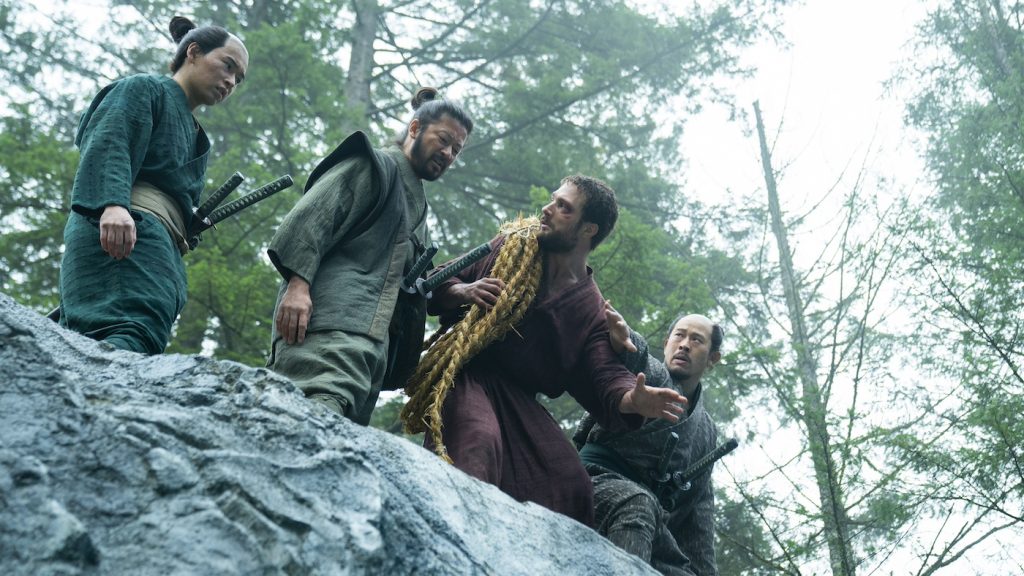

“Every single costume on the show was handmade. We made all the armor and helmets in China. The soldiers’ uniforms and peasant’s costumes were manufactured in Thailand. And the fabrics came from Japan,” Rosario says. His first task was to design the armor so it could be manufactured in time to be broken down before the first costume fittings began. “I did everything pretty much within the first six weeks. I started with the historians so we could be as accurate as possible since these characters are loosely based on historical figures. Then, I worked with illustrators on the concepts and drawings. Once the showrunner approved them, we created 20-30 boards for each armor for the lords and soldiers. We had five illustrators across five time zones to get everything done on time,” Rosario recalls of the intense process. Fortunately, his first instincts proved right, as “everything you see on-screen is from the first drawings I designed — there was no time for anything else. In the end, nothing much changed, except for the Ashigaru’s (foot soldiers) sleeves that had to be more protective, so we added more metal pieces. Otherwise, what you see is what I offered at the beginning.”
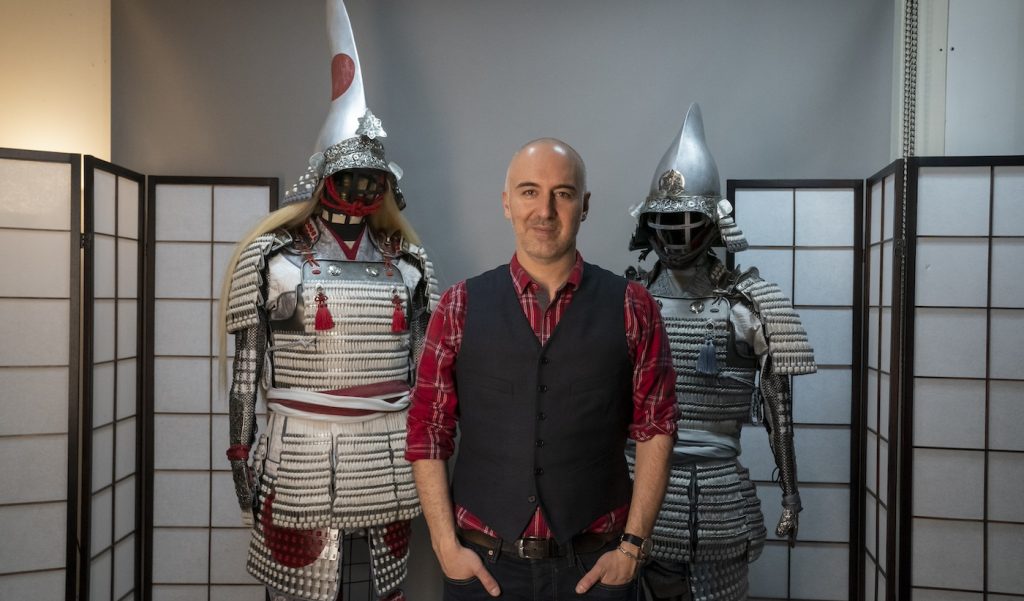
Every element of these ornate costumes has meaning. The number of layers a woman wears indicates status and wealth. For Lady Ochiba (Fumi Nikaido), the calculating mother to the heir: “Since she is the most powerful and highest-ranking female character, she wears the most layers: five compared to Mariko’s three layers. The lords’ wide-pleated pants – the hakama (袴) – have six or seven pleats, whereas men of lower rank have maybe two or three,” Rosario explains of the society where status and rank meant everything.
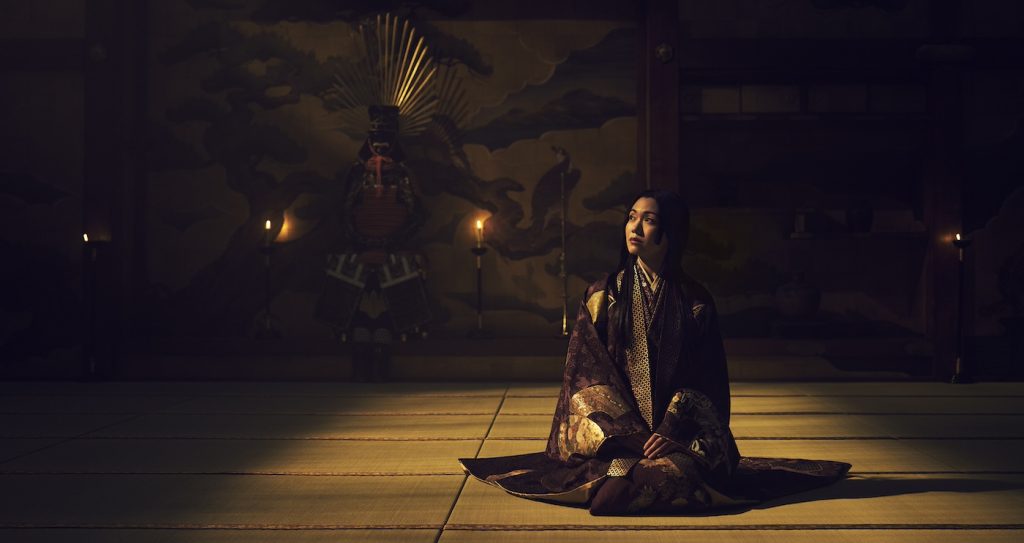
For the first five episodes, Rosario enlisted the help of the textile artist who worked on The Last Samurai and Memoirs of a Geisha, especially for some of Ochiba and Mariko’s more elaborate pieces. One of Ochiba’s uchikakes (打掛) — a long, decorative outer robe worn by high-born women — “was made with 50 stencils [silk screens], each hand-painted based on a painting of her historical counterpart. We made a lot of the fabrics, with 15 people working in the textile department,” Rosario shares. Part of the uchikake’s fabric also functioned as a matching hair accessory for the ladies. [Interesting sidebar: The Last Samurai’s DNA in this series is not limited to its costumes: not only does Sanada have a prominent role in that film, Shōgun’s second unit director, Lauro David Chartrand-Del Valle, also worked on the film as a stunt performer.]
Please check back tomorrow for the second part of our chat to learn how Rosario’s team utilized texture and distinct color palettes to set each character apart and the intricate work that went into assembling the jinbaoris (陣羽織), the embellished vests worn by the samurai.
Check out part two of our conversation with Carlos Rosario.
Episode 5 streams on on March 19.
Featured image: Eita Okuno as Saeki Nobutatsu, Anna Sawai as Toda Mariko, Hiromoto Ida as Kiyama Ukon Sadanaga. CR: Katie Yu/FX


